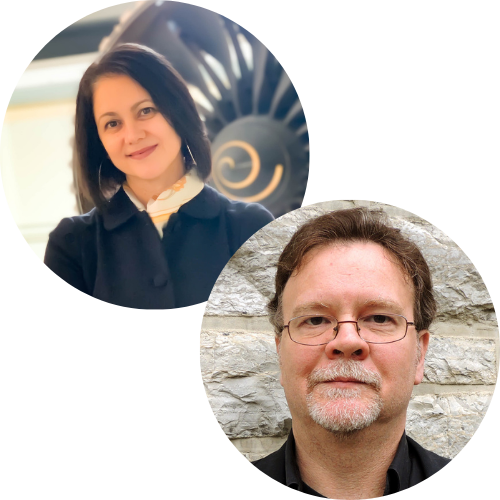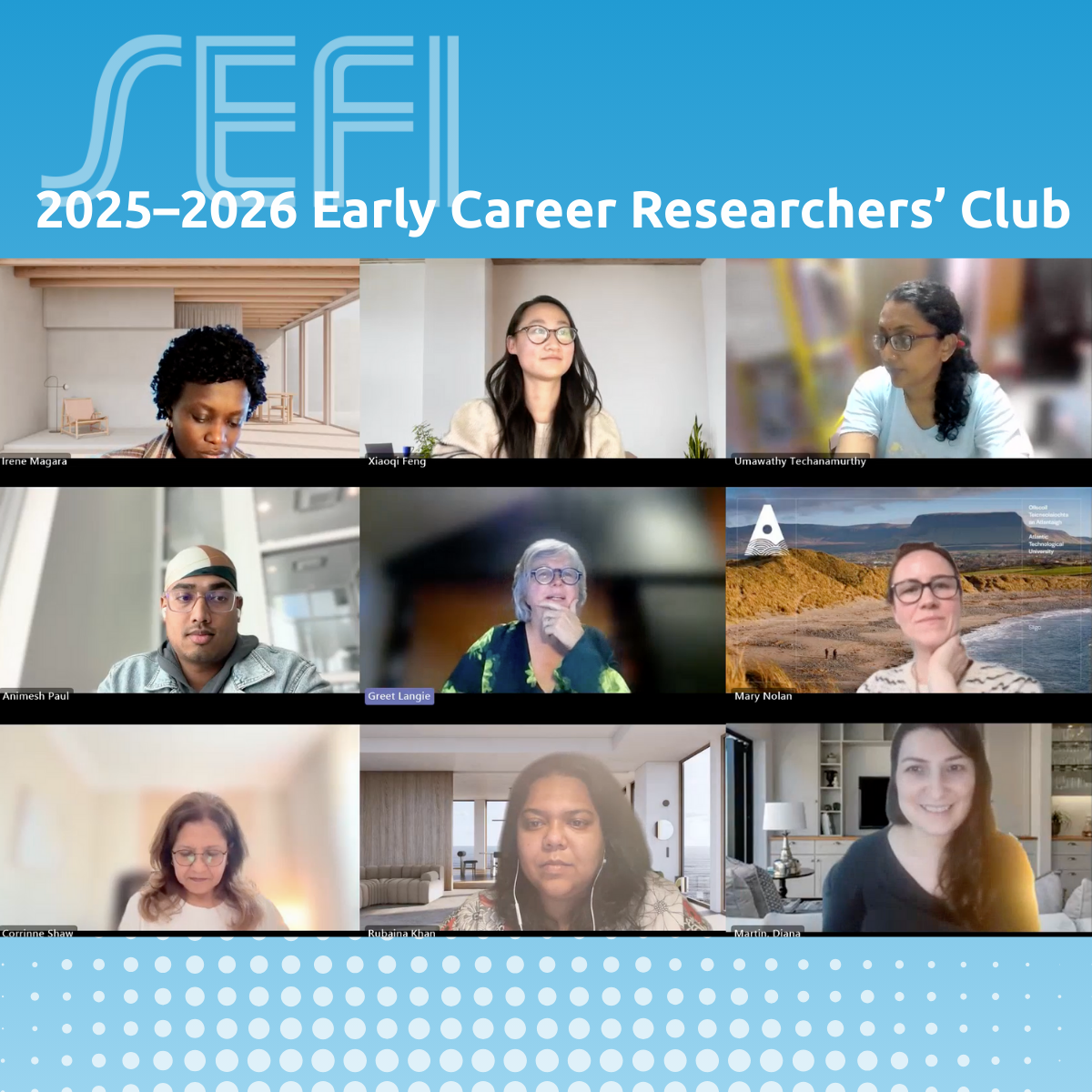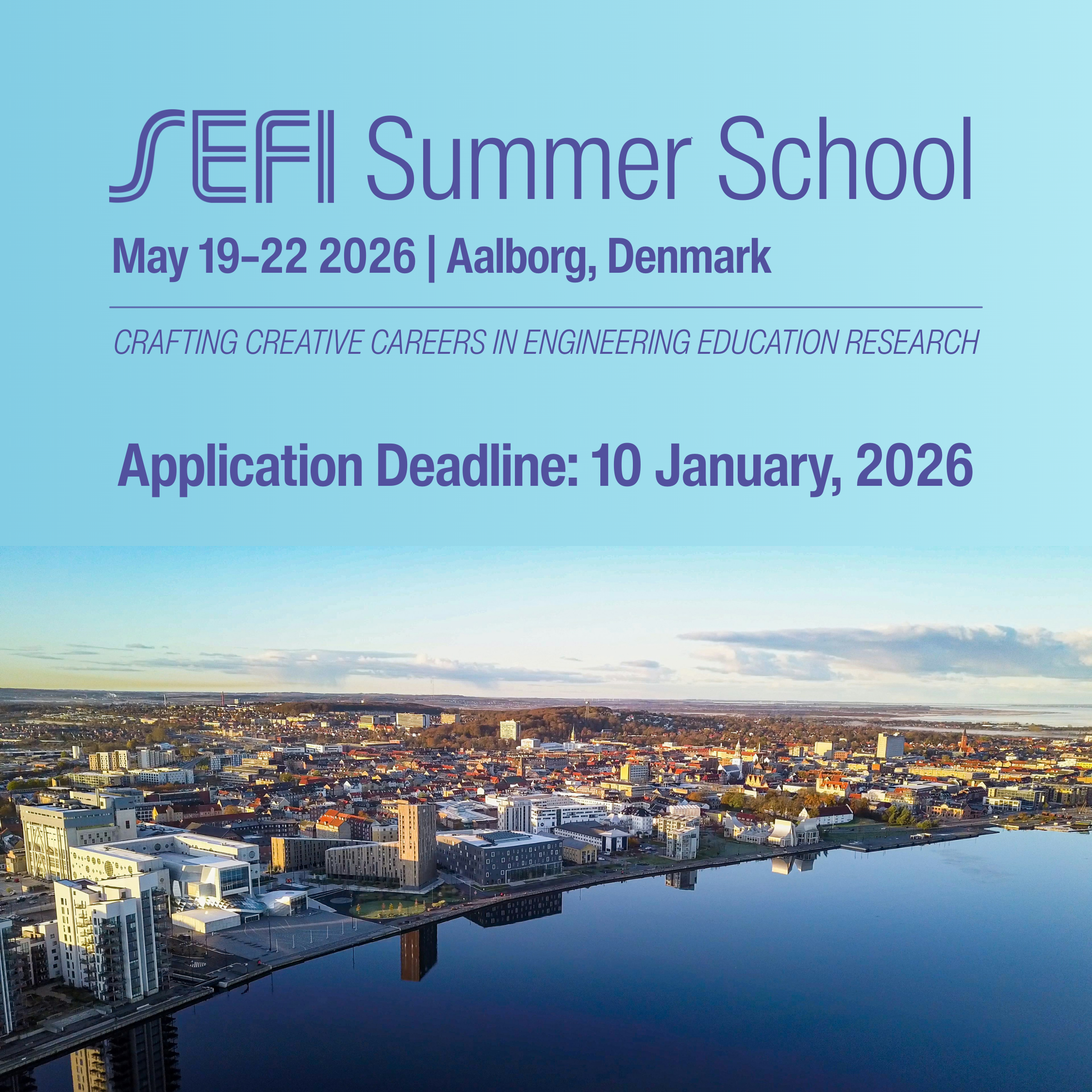The SEFI Early Career Researchers’ Club is a 9-month initiative designed to support and connect…

We found the recent Spring Ethics School highly productive and indicative of a strong interest group community. In our contribution, “Engineering Ethics in Context”, we tried to accomplish two rather different goals: First, we introduced an argument by Wilfrid Sellars from the American Pragmatic philosophical tradition [in his classic essay, “Philosophy and the Scientific Image of Man (1962)] that long-term intellectual and ethical progress – not just in engineering but for humanity at large – will require greater understanding in the realm of the human and social sciences. This perspective connects to our recent work on conceptual foundations of engineering education: Sellars’ argument offers lessons for engineering both in his call for greater attention to human-centered science, but also in the key role that instrumental technologies (and thus engineers) play in his account of science more generally. We hope to expand on the relevance of this argument in a full paper at the Fall 2021 SEFI Conference.
Our other aim was to survey some of the methodologies that we each use to convey social and human elements of engineering ethics in our coursework. One of us (Diana) primarily teaches an asynchronous online course, where first-year engineering students are introduced to the profession. Here, ethics is taught alongside technical skills through introduction of codes of ethics and ethical frameworks, case studies discussion, and ethics essays. Diana also teaches a multidisciplinary course “The Start Up Class: Commercializing Innovation” open to senior undergraduate students – where ethics appears in a more complex context of commercializing novel products/services, including disruptive technologies. Patent and global business ethics, empathic and user-centered approaches are viewed through multidisciplinary perspectives.
The other of us (Tom) also instructs two quite distinct groups: On the one hand, a course examining international technical cultures for pre-first-year students soon entering an engineering curriculum, through social scientific and historical sources. On the other, a senior capstone design course, where students both encounter real issues with ethical dimensions (team dynamics, safety, etc.) and explore aspects of professional and social responsibility. These different educational contexts provide diverse opportunities for students to develop context.
For us, the following group discussion was the most valuable part, giving us good feedback on our pedagogical ideas as well as sparking an instructive discussion about curriculum structures and their limitations in the various locales that the participants work and teach in.


